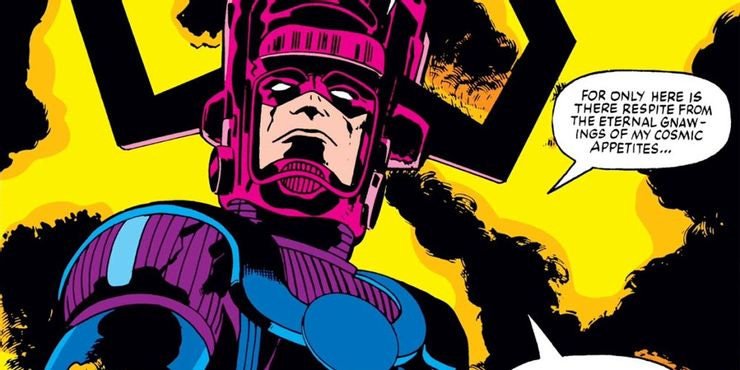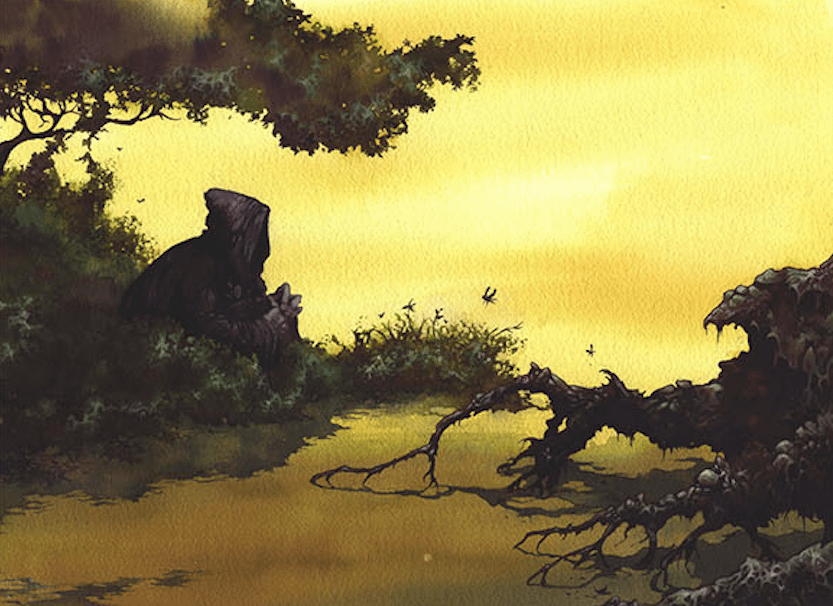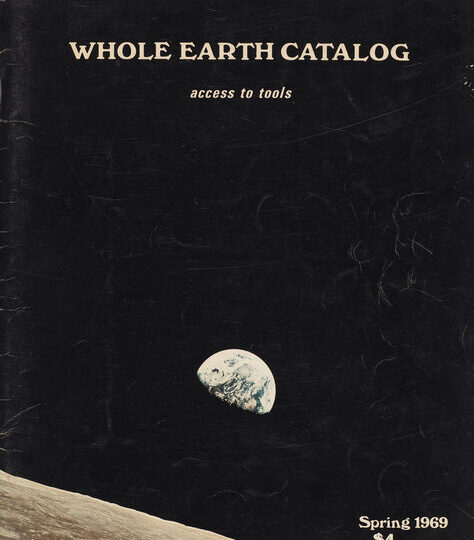
Recently a good friend asked me how I felt about the fact that my book Techgnosis, which came out twenty-five years ago, was one of nearly 200,000 texts in the Books3 data set, a collection of mostly pirated texts used to train generative AIs developed by Meta and others. I had heard about the leak of the data set, as authors like Sarah Silverman and Michael Chabon threw their newsworthy weight behind a number of lawsuits brought against Meta for copyright infringement. But I hadn’t realized you could search the archive itself, which my friend said included my wife Jennifer Dumpert’s book Liminal Dreaming as well. For some reason I found this terribly charming.
I had more complex feelings about AI gobbling up what I would still have to call, after a quarter century, my signature book. But these feelings did not include anger, at least at first. Sure, my hundreds of thousands of working author peers and I—not to mention the tens of millions more whose work on the open Internet had fed similar models—had been essentially ripped off by a technology that sustains itself by consuming human writing (and images) without asking in order to better simulate authorship. But to be honest I felt more ironically resigned than aggrieved.
Another confession: I have long combed the seas of cyberspace under the black flag of media piracy. Amidst decades of pillage, I have on a number of occasions downloaded massive collections of texts, mostly focused on esotericism, Buddhism, critical theory, and stage magic. These “data sets” included many rare texts but lots of conventional copyrighted material as well. As with many from my generation, this cavalier attitude towards copyright online was not thoughtless but rooted in both culture and conviction. I was nursed on punk collage, “Death of the Author” deconstruction, Negativland pranks, and Golden Age hip-hop sampledelia (all hail Marley Marl, the Bomb Squad, De La Soul, Paul’s Boutique, and Coldcut’s “Paid in Full” remix). Appropriation, for one such as I, was not a dirty word, but a sexy one.
All this set me up for the political theories and obsessive practices of online file-sharing. I embraced piracy out of both pleasure and belief—particularly the belief that the open and collective logic of the archive or library should have the upper hand over the capitalist logic of ownership and, ultimately, the rentership regime now imposed by streaming services. As a largely independent scholar and cultural historian, I have relied on a significant amount of pirated material to do my work. And I have also enjoyed trawling and contributing to the anarchic archive, whatever the ethical and copyright complexities, or the sometimes real psychological costs of obsessive data fiending. While I lost the taste for such hoarding long ago, and pay for lots of media I once might have lifted, I can still get teary-eyed about the demise of OiNK, a radiantly pink BitTorrent tracker that was taken down in 2007. A bucolic isle for honest outlaws, OiNK’s culture of music file-sharing was a paragon of kindness, rigor, intelligence, and love. Its abrupt end at the hands of the Man was, for me, kinda like the death of Liberty Valance, a sure sign of the “closing of the frontier”.
Given my own history of pillaging, I could not in good conscience join Sarah and Michael on the high horse of authorial copyright complaint. I do recognize the huge distinction between the corporate cannibalism of intellectual labor by ravenous algorithmic golems and little old me, filling hard discs with prog-rock FLACs, obscure films, and criminally overpriced academic volumes. But little old me’s inability to stop the steal also made me realistic rather than righteous, a fatalism not unmixed with a perverse pleasure in the dreadful, mythic, science-fiction scale of it all. My first book—a young nerdy freak’s labor of love, ambition, and inspired obsession—hoovered up by Galactus.
But not just any first book. This was Techgnosis, after all, a speculatively robust text about “Myth, Magic, and Mysticism in the Information Age,” published in 1998 near the peak of the first Internet bubble. For those who haven’t had the pleasure—and I did strive to make this chewy fruitcake as tasty as possible—Techgnosis uses media theory, religious studies, esoteric history, and cultural criticism to explore the imaginal past and prophetic destiny of electrical devices, computers, and other communicating machines. While the book did not dwell much on artificial intelligence per se, it did trace various ways that technology grows enchanted, ensouled, and ultimately apocalyptic—at least in a psycho-spiritual sense. Techgnosis also engaged a host of topics that were fringe in the nineties and now about as mainstream as anything else on your feed these days: conspiracy theory, pop occulture, UFOs, transhumanism, digital spirituality, techno-paranoia.
Alongside its arguments and lore, the book also communicated a vibe, an imaginal energy rooted in my own sensitivity to—once again—the dreadful, mythic, science-fiction scale of it all. As my friend Carlos Seligo told me long ago, to my great satisfaction, the gnarly, hyperlinking, somewhat feverish style of the book—a quality inspired by everything from Lester Bangs to James Hillman to Gravity’s Rainbow—tries to express what it feels like to be subject to epochal technological shifts in culture and consciousness. Another influence on the vibe was the anticipatory anxiety of coming on to psychedelics—a liminal liftoff that recalls my favorite line in the harshest of the handful of reviews Techgnosis received when it was first published. Writing in the conservative Long Island paper Newsday, one reviewer declared my book permeated with “the stink of the bong.”
Well pretty much everywhere is permeated with the stink of the bong these days, which might help explain why, a quarter century later, Techgnosis not only remains in print—no mean feat for any book, and especially one about something as fickle and trendy as technology—but is actually getting some fresh attention. An Argentine publisher, Caja Negra, released the first Spanish translation of the book earlier this year, and Nero Editions should be publishing an improved Italian translation soon. (A recent interview in Spanish appeared on Alejandro Agostinelli’s blog.) Last year I was interviewed at the Harvard Divinatory School’s Center for the Study of World Religions about the book, while earlier this year, Rob Doyle wrote a long think piece about the book for UnHerd, which highlights my seemingly prophetic anticipation of today’s digital occult revival. Doyle says a lot of complimentary things, but one of his most satisfying observations is that the book still works in part because I was never a party to nineties techno-utopianism. It’s true: I sipped the Kool-Aid, but did not quaff. Which means my view was darker and more tangled then, and therefore more resonant now, which is kind of a bummer when you think about it.
I got a lot of stuff right, but predicting the future was never my aim. Like Sci-Fi writers, who almost universally complain about being taken for futurists, I was more interested in reading the signs of the times in an intensified, historically haunted, and slightly stoned key. (Cue Pynchon.) Such surreal symptomology scrutinizes the Now with a heightened sense of symbolic overtones, historical echoes, and parallel worlds. The temporal atmosphere produced by this approach is more loopy than linear, as history submits to the time warp of text. I guess you could call it prophecy.
Though garnering some positive reviews, Techgnosis didn’t get much play in the hothouse digital glee of the late 1990s. Rather than go viral, it went mycelial. Over the years, it grew into a cult book, influencing the kind of folks who are drawn to such liminal transmissions: artists, nerds, musicians, fringe scholars, mystics. As I moved on to other projects, Techgnosis kept eternally returning. I added an afterword to a 2004 Serpent’s Tail reissue, and a second one in 2015 for North Atlantic Press. For that edition, I decided to overhaul the text in light of the changing times. I removed some slang and nineties pop arcana, and I also tried to shift the time horizon of the text itself, which was very consciously written in what I called “the shadow of millennium.” I made no attempt to try to deal with crucial new developments, like iPhones or social media, but I did want to re-orient the thing towards a post-2000, post-2012 drift. It was kind of a weird choice to edit the language this way, but my only regret with that edition was not having the time to record the audiobook.
Writing is always in time, of course, but each text is shaped by its own unique temporal frameworks. Before Techgnosis, I wrote a lot for the Village Voice, the snappy queen of alternative weekly newspapers. I mostly covered what I now call the Weird, but though my topics were less topical than most, the reviews and reportage still required a hook into the Now. When the issues hit print they lived for a hot week, piled high in newsstands across the city, and then magically transformed into fishwrap.
It wasn’t long into the World Wide Web that I decided to start archiving my stuff and making it freely available, a practice I have largely stuck to throughout my writing life. But despite its own hooks in the Now, the temporal framework for a website is totally different than an alt-weekly or a monthly magazine. Its perpetual, ever-accessible presence is really a kind of drifting limbo in disguise, an empty architecture that accumulates dead links, obsolete plug-ins, and posts that lose relevance and signifying power with every passing nanosecond. A website stuffed with old reviews and now chilly hot takes is an untimely thing.
Not every Bon Jovi review and High Weirdness interview is on Techgnosis.com, but most are, along with old lectures, more recent online journalism, and most of my Expanding Mind podcasts. There’s also a bunch of stuff I originally wrote for the site, mostly in the 2000s, when tried and failed to host my own blog—a genre I misunderstood as a vehicle for singular essays, rather than a node in an essentially social network dependent on comments, arguments, and trenchant positioning. These pieces represent some of my best short writing, but I was such a dumbshit that I disabled comments, and the whole thing arrived dead on the vine.
For technical and other reasons, I am now in the process of revamping Techgnosis.com. (I am still on the fence about whether to retain the name—at once albatross and signature brand.) Now that my fresh online writing is on Substack, the old site has become even more of an archive, which means its value going forward is largely dependent on drawing people into the dusty stacks of serendipity, where they may, or may not, discover relevant lore if not those deeper patterns of resonance across time. This means improving the search features and developing clearer and more playful ways of exploring and linking multiple posts, which in the new site’s case will include an oracular roll of the archive dice.
All of which means that I am currently going through and tagging hundreds of items, as well as scanning for errors, adding photos, and thinking about uploading even more obscure podcasts and articles just for the hell of it. I am not one to rest on my laurels or take pride in old triumphs, which even at the time I mostly enjoyed for the relief they offered from the perception of failure. All of which makes this a surreal, sometimes alienating process, as vanity wars with futility. Sometimes it can feel like picking lint out of my belly button, or like treading water in the well of oblivion.
That said, the labor has provided a marvelous angle on this Erik Davis guy, the writer persona that, because of the truth-telling critical voice I have mostly adopted, is both me and not me. Of course, as soon as I reflect on this doppelganger in writing, it’s really him simulating me thinking about him. (As Butch Cassidy inquires, “Who are those guys?”) The Erik Davis I glimpse through this funhouse mirror seems to be a kind of palimpsest, a ghost in the writing machine that nonetheless performs with a consistency, confidence, and good humor that the non-writing often doesn’t feel. But there we go again.
Back in the nineties, I reviewed Manuel DeLanda’s great first book The War in the Age of Intelligent Machines for the Village Voice. The review is not currently on Techgnosis.com, though my Mondo 2000 interview with DeLanda is, which remains the first and one of the only places where the philosopher talks about the influence of psychedelics on his Deleuzian materialism. In War, a deeply anti-humanist text, DeLanda compares his methodological approach to that of a “robot historian.” The idea has always stayed with me, but in a different sense, with the robot historian playing the ironic role of the ultimate reader. In the past, when I have sometimes despaired of writing, I would joke that I was at least giving a future robot historian something to chew on.
And now that robot historian here, voraciously consuming whatever digital archives it, or they, can get their algos on. So while part of me still likes the idea of getting my War review up there, I know that if I bother to scan, correct, and upload a thirty-plus-year-old review of a dusty old techno-theory text, the labor may only really be valuable for the smidgin of training data it provides some corporate AI. This is not exactly the sort of immortality through writing that authors and poets have long sought. But writing, as Techgnosis argued in its opening chapter, was always a pact with inhuman techne. And pacts come due.
Also…
(•) There is a dark and enchanted crossroads in my imagination, a no-man’s-land where a number of vital currents converge, streams I first imbibed as an adolescent: 70s album cover art, pulp Sci-Fi and fantasy paperbacks, Ralph Bakshi’s Wizards, airbrushed stoner vans, black light paintings, surf and skateboard logos, my own mushroom and acid trips, and the far-out comics found in Heavy Metal, particularly images from Moebius, Corben, Bode, Druillet, and the almighty Frazetta. Little did I know that I would later befriend a kind and cosmic artist named Arik Moonhawk Roper, who quaffed on similar influences and just kept expanding, refining, and magnifying the vibe.
Though best known for crafting posters and cover art for bands like Sleep, Electric Wizard, and High on Fire, Roper is more than a popular illustrator of dark fantasy. His wizards and demons may be pulpy at times, but his watercolor-infused portraits of plants, landscapes, and fungi are totally beyond cartoon, featuring an aesthetic sensitivity to the organic that is at once subtle and ensorcelled. I wrote an introduction to his animistic 2009 field guide Mushroom Magick, which includes visionary but mycologically accurate portraits of a couple hundred psychedelic shroom species. I also got Arik to create the cover for High Weirdness, an image so potent I should be paying the guy royalties. Well, at least I contributed a short text to his new book, a gorgeous and enchanted Strange Attractor collection called Vision of the Hawk—a coffee-table book for those who prefer cannabis to coffee.
I hope you enjoyed this flicker of Burning Shore. For now, I dodge the stress of the hamster wheel by not offering paid subscriptions. But you can always drop an appreciation in my Tip Jar. And please do forward this email to friends and colleagues who might dig it!








